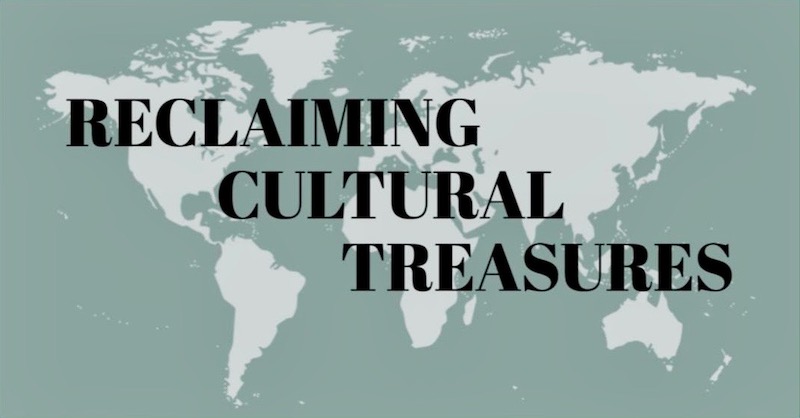
Reclaiming Cultural Treasures

Every week, news headlines around the world report new requests for the return of stolen cultural patrimony and ancestral remains from countries on every continent. Cultural theft and confiscation have been rampant from the thousands of manuscripts, frescoes and cultural artifacts stolen, sacked and plundered from Dunhuang’s Mogao Grottoes in China during the 19th– early 20th century to the cultural treasures of Ethiopia stolen and removed from the country at the battle of Maqdala in 1868; the Parthenon Marbles taken from Greece in 1801; and as of 2012, between one and two million Native American ancestral remains in the possession of non-Native repositories, not including private collections or the looted cultural objects. Slowly, the global view on the spoils of war is changing. As the world learns more of how the material was confiscated and the cultural impact on the home people, it reinforces the need for repatriation and protection of each culture’s material culture and historic and sacred sites. For Indigenous peoples of the US, the Native American Graves Protection and Repatriation Act of 1990 outlines how tribes can request the return of their ancestors’ remains and sacred materials. While there are stories of success like the return of Chief Red Cloud’s eagle feather bonnet this April, there are also barriers to be broken down by shining a light on these stories. This exhibit opens the door to the challenges of repatriation and its impacts.
